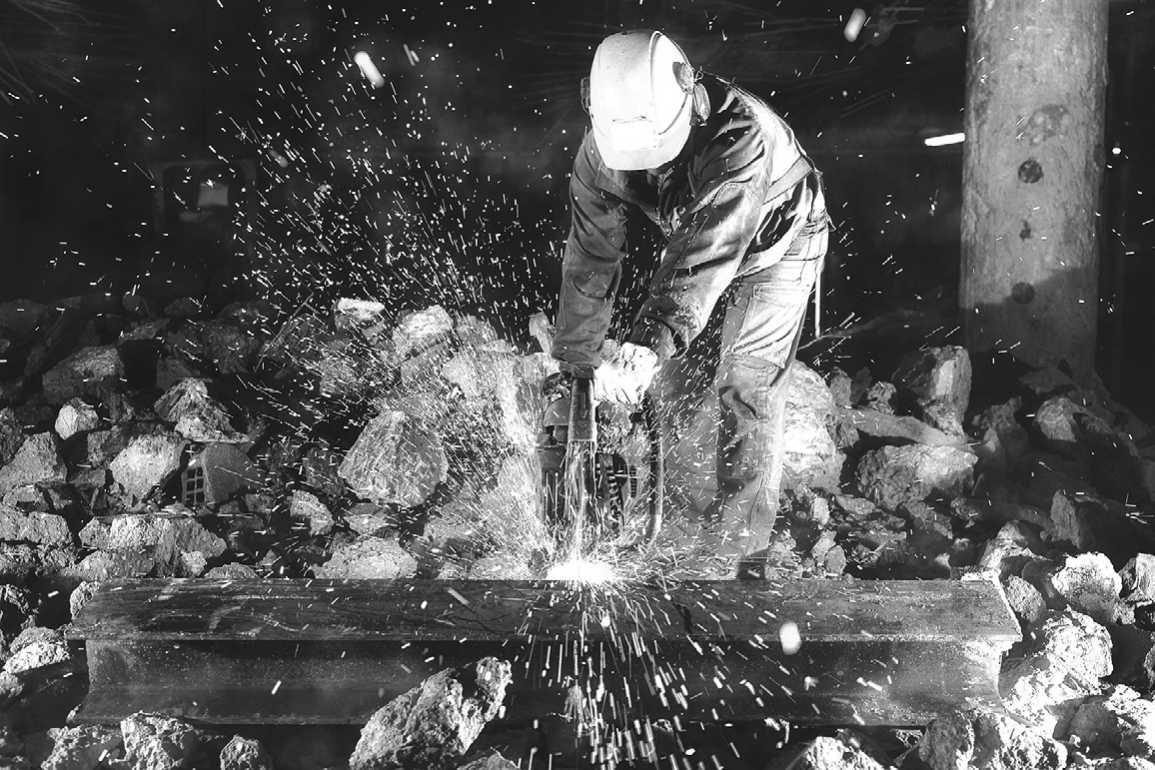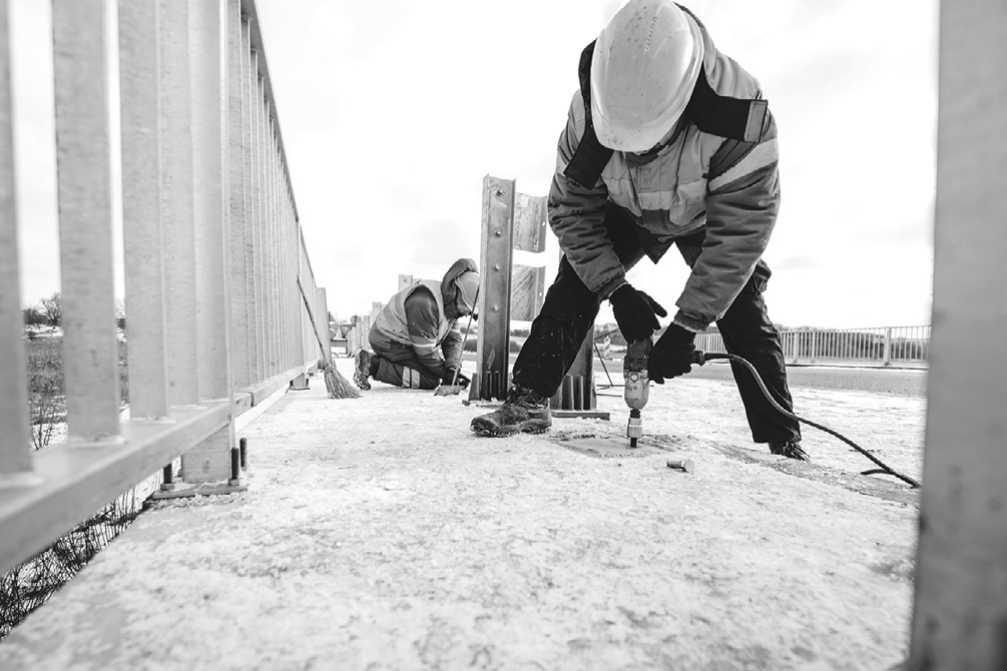
2 minute read
GREGORY POOLE EQUIPMENT COMPANY HOSTS OPERATOR CHALLENGE
SAFETY from page 1
OSHA safety standards spell out the exact process for preventing injuries to crew members. There are many causes for these incidents, but Grant Law Office points to negligence as chief among them.
Lack of proper worker training contributes to that negligence. The law team said improper use of or malfunctioning tools and equipment; failure to properly secure tools or components and improper stacking of tools, equipment, supplies or materials contribute, as well.
Inadequately securing loads on a boom, hoist or crane; loads that are too heavy; failure to use safety devices designed to stop falling debris and objects; faulty parts or materials that break down or lead to structural collapse; and lack of posted warning signs can all be tied to accidents.
Exponentially Improving Conditions
Legal experts say recognizing hazards and making simple changes in work processes as a result can improve conditions exponentially.
“For instance, the seemingly common-sense requirement to bolt new steel instead of welding it in pre-existing wood structures can significantly reduce the risk of costly and dangerous fires,” attorney Neill Flynn, The Plata Law Firm, told Structure magazine. “Whether made of steel, lead, cast iron or copper, pipes are invariably denser, heavier and capable of making short work of the human body.
Unfortunately, these materials are still the source of a “significant” percentage of workplace accidents, he noted.
So do incidents related to working around pipes. Due to their weight and “unyielding nature,” Flynn said pipes are inherently dangerous whether they fall on an unsuspecting worker or cause an impact injury from improper storage.
“Something as simple as an unevenly stacked rebar can easily cut a worker or cause one to trip and fall,” he said. “Given the nature of construction sites, where almost everything is sharp, hard and/or heavy, what might otherwise be a benign occurrence can quickly become a career or an even life-ending event.”
Electrical wiring and other dangerous materials such as conduit and fixtures, invariably found on construction sites, can be hazards.
The most obvious source of injury from such materials is the risk of electrical shock, said Flynn.
He added while it’s most closely associated with injuries to electricians, a significant number of electrical injuries are sustained by construction workers in every trade.
Wiring by its very nature creates a high risk of trip and fall injuries stemming from entanglements in loosely or otherwise improperly stored materials, he said.
Flammable materials pose an inherent
see SAFETY page 54 Lack of proper training contributes to the potential for injury.













